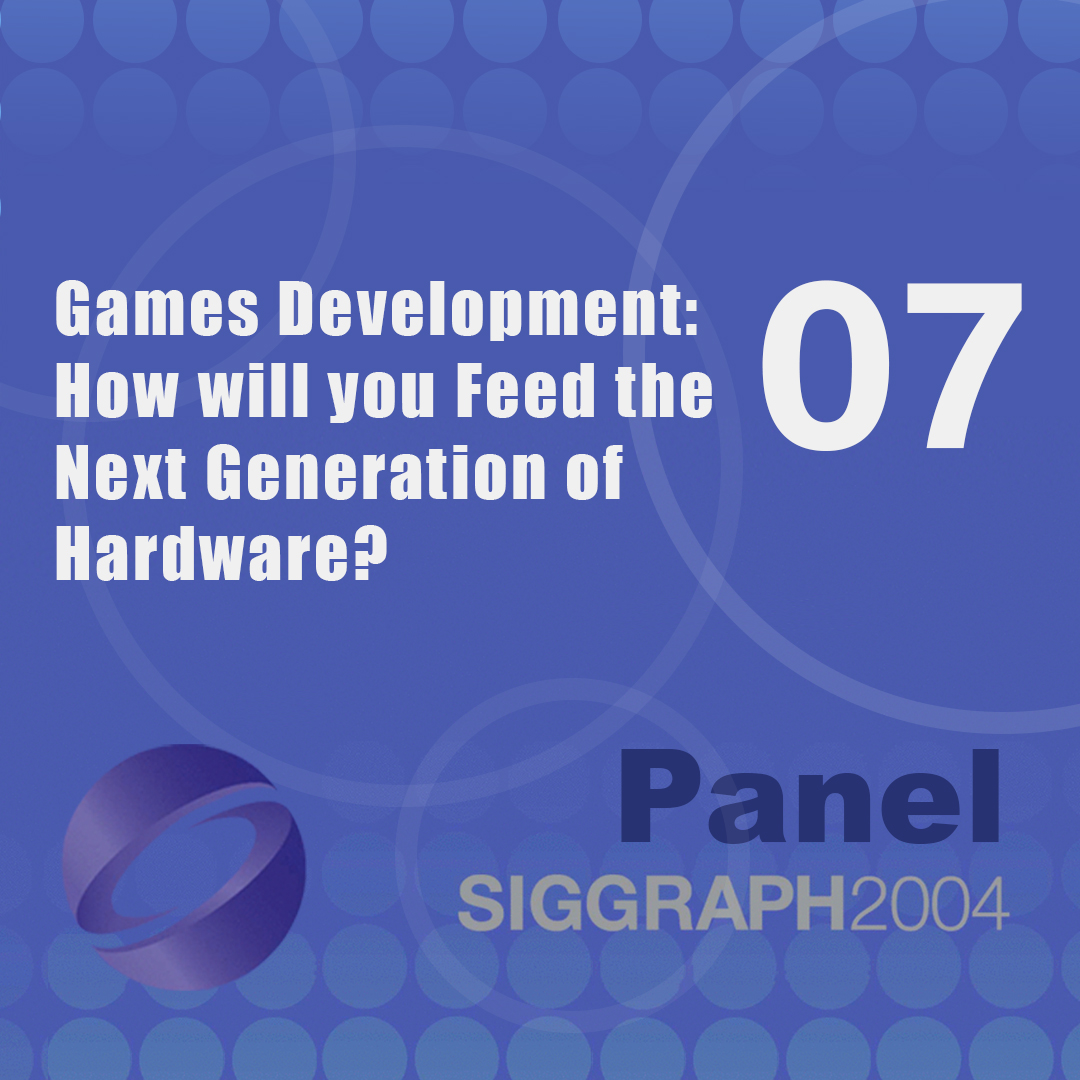“Games Development: How will you Feed the Next Generation of Hardware?” by Lavoie, Saulnier, Spoto and Vitz
Conference:
Type(s):
Entry Number: 07
Title:
- Games Development: How will you Feed the Next Generation of Hardware?
Presenter(s)/Author(s):
Abstract:
In the early 1980s, a videogame was a six to nine month job for a single person. A typical team size these days sits around the 25-30 mark, and it’s not uncommon to see games taking over 2-3 years to complete. With every new high-end platform we see an increase in complexity, both in terms of development techniques and in terms of quantity of art assets. On average each console is ten times more powerful than its predecessor and tends to require double the team size in order to cope. As development teams once again have new hardware fast approaching on the horizon, the question arises of how we will field the increase in content creation. Companies will not be able to expand their teams into the hundreds, take 3 years to put out a title and then pray that it sells enough to support all those people and salaries. Simply bloating the old production model will not work. It’s time for new solutions. With that in mind, the main thrust of this panel discussion will be to explore ways in which we can approach the challenge of making games of the complexity that new hardware will demand. The possible solutions are many, but are there any that will really allow teams to output both quantity and quality while still maintaining financial viability and manageable staff numbers?




